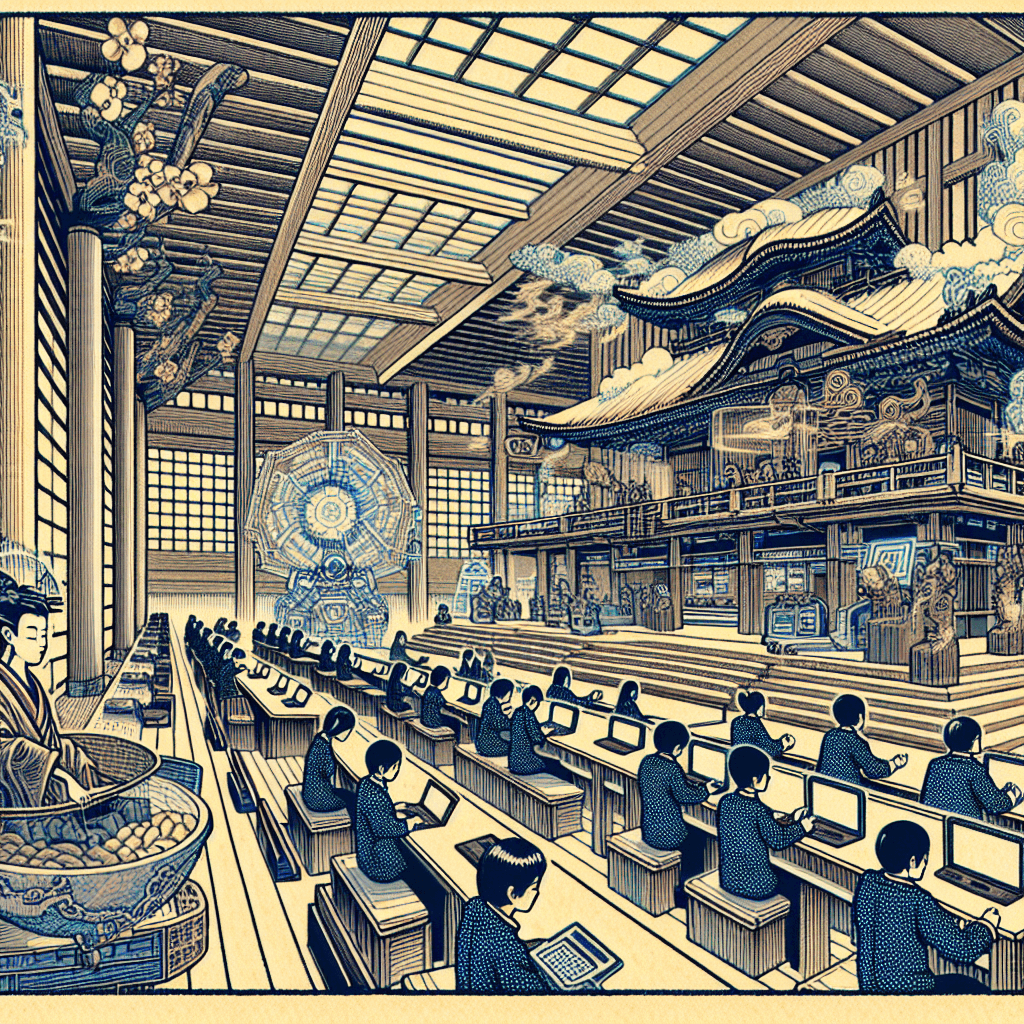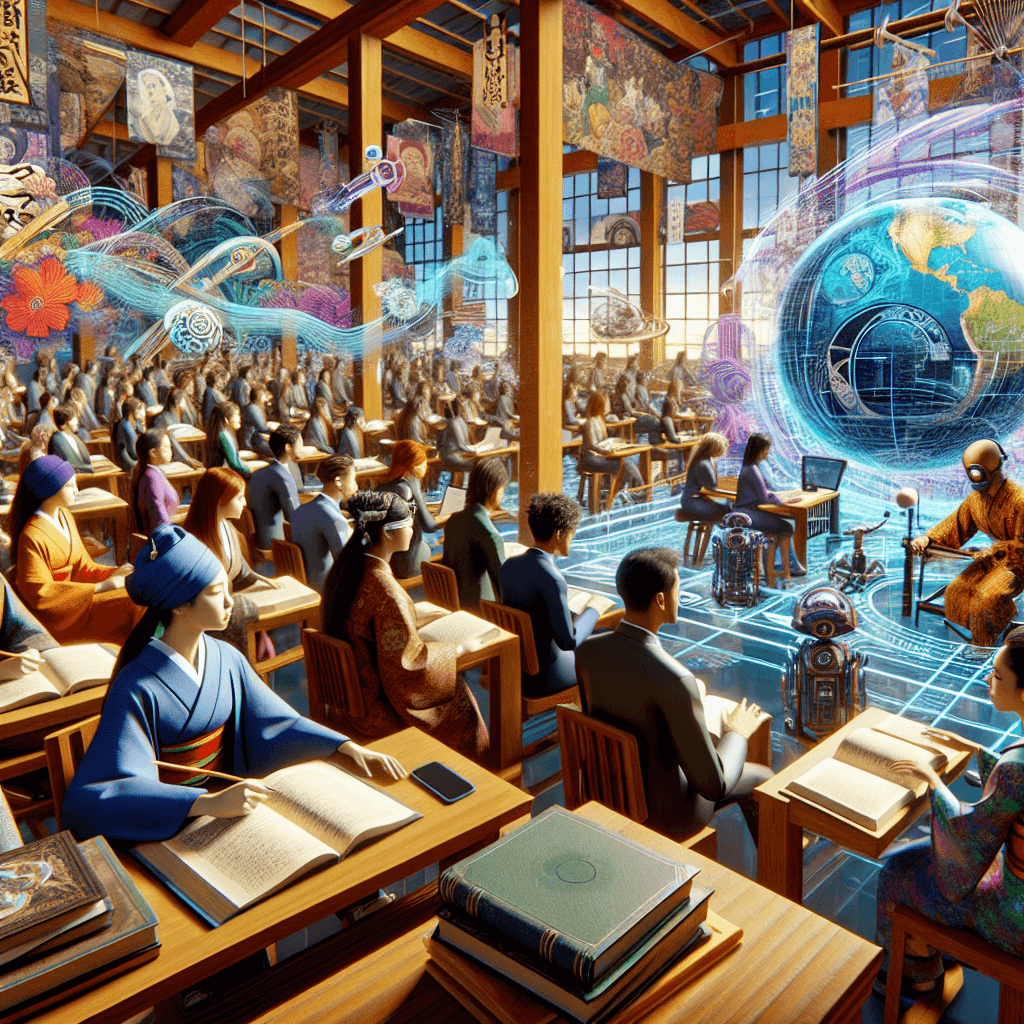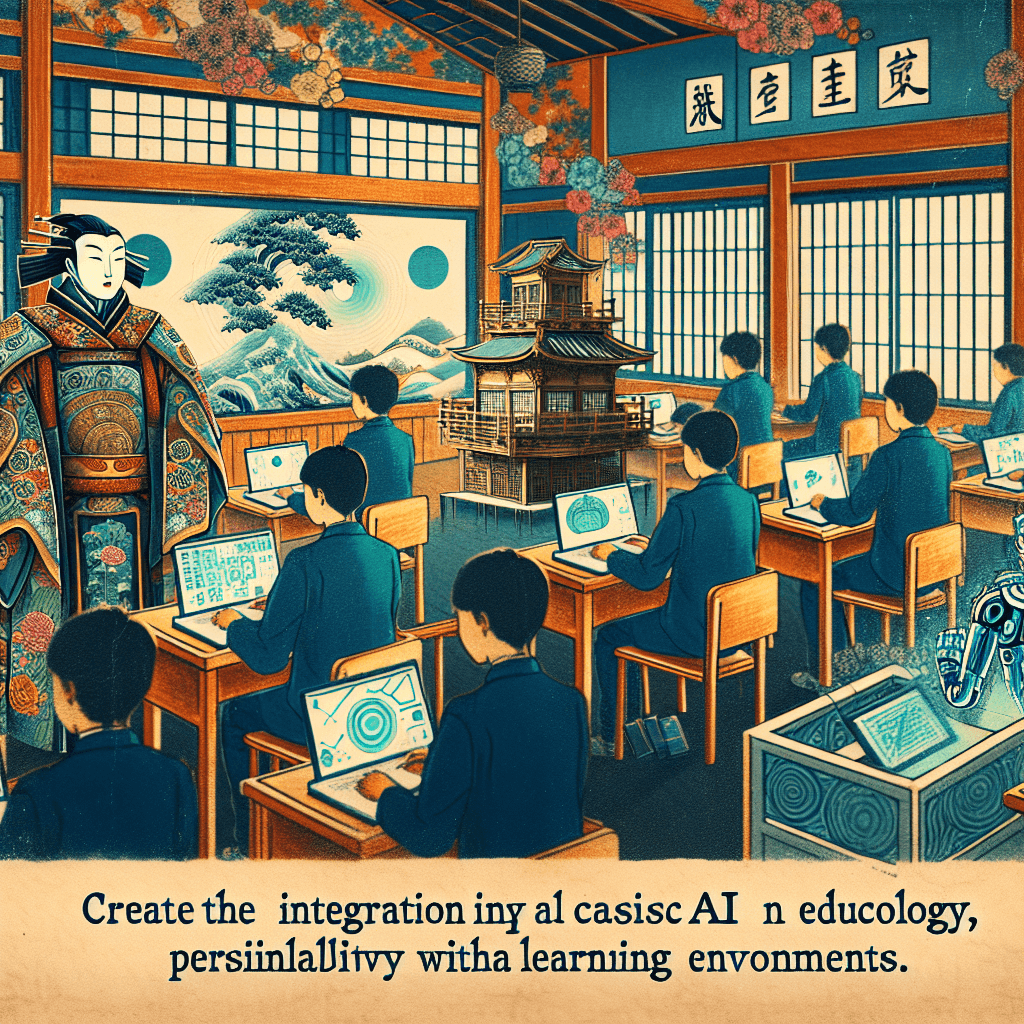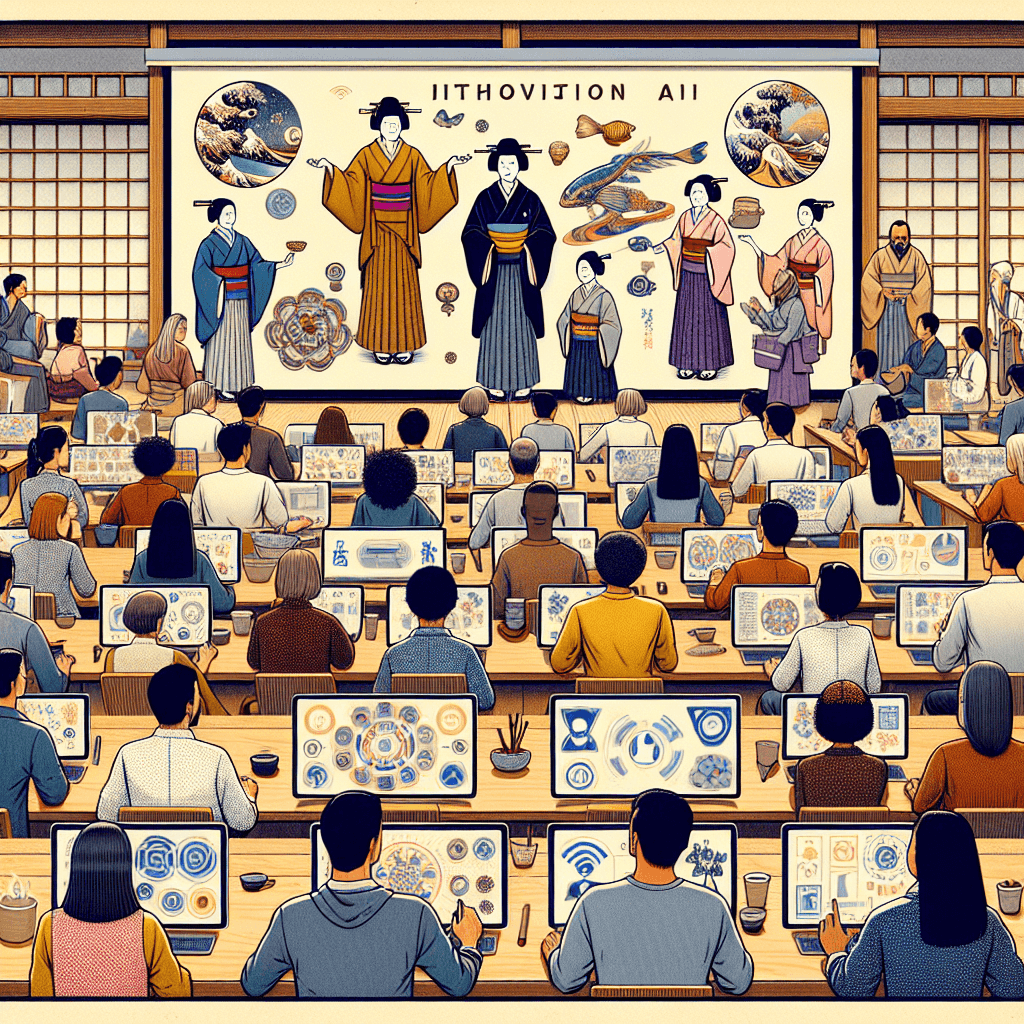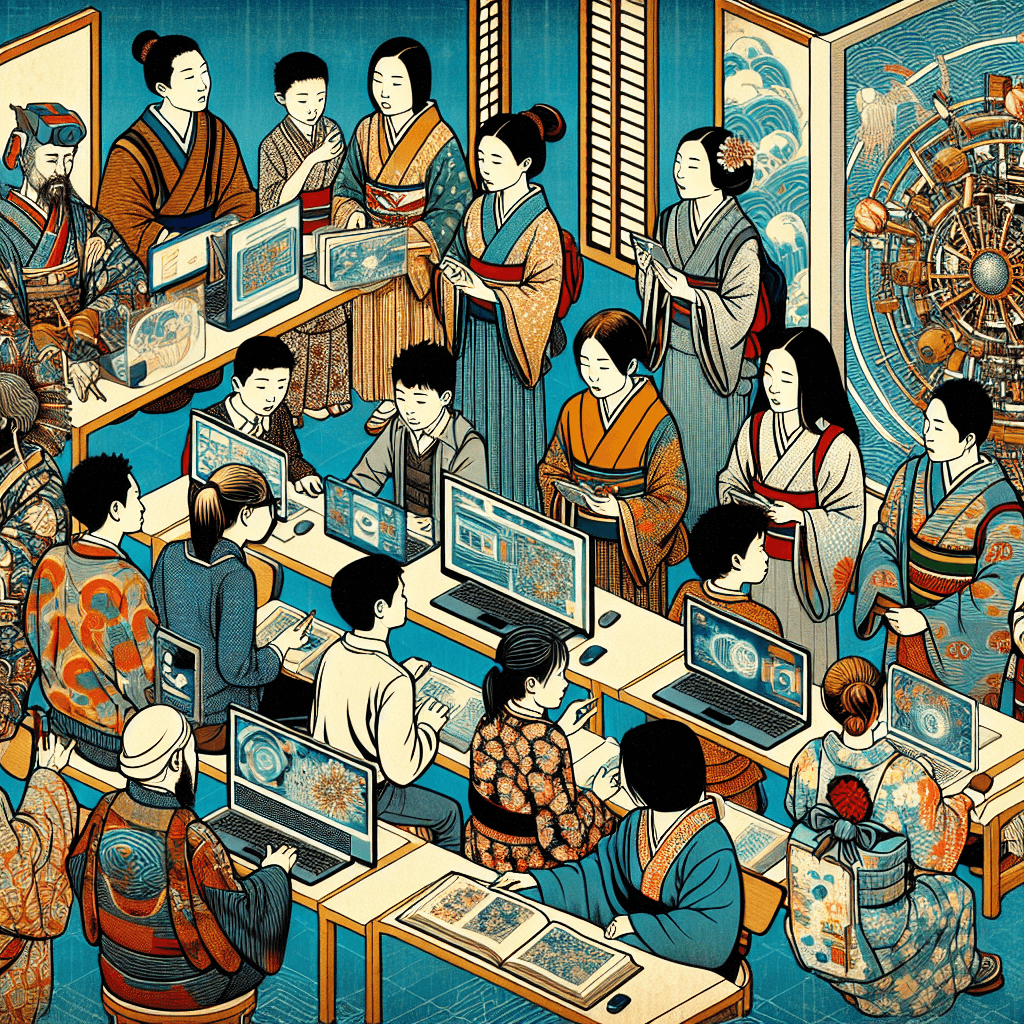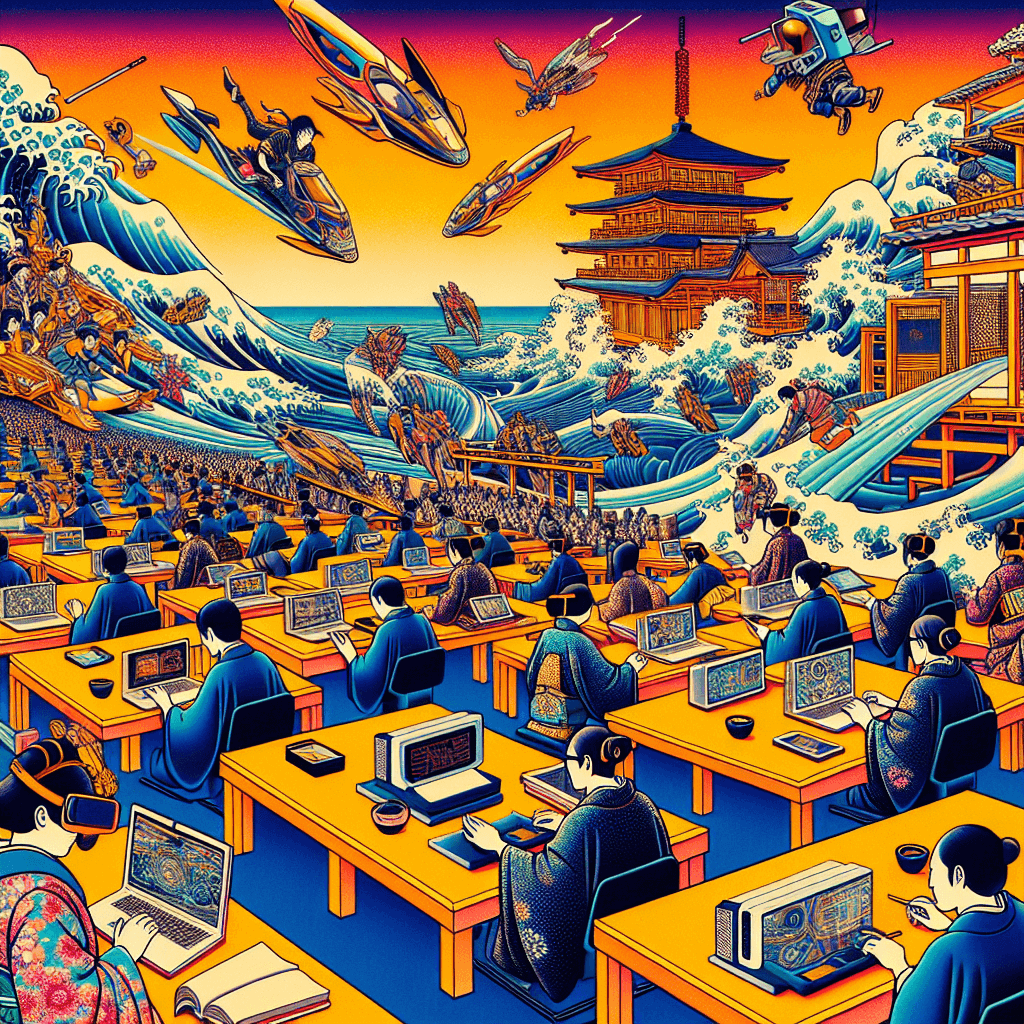Immersive Learning: The Role of VR and AR in Education
syndu | Sept. 14, 2024, 9:39 p.m.
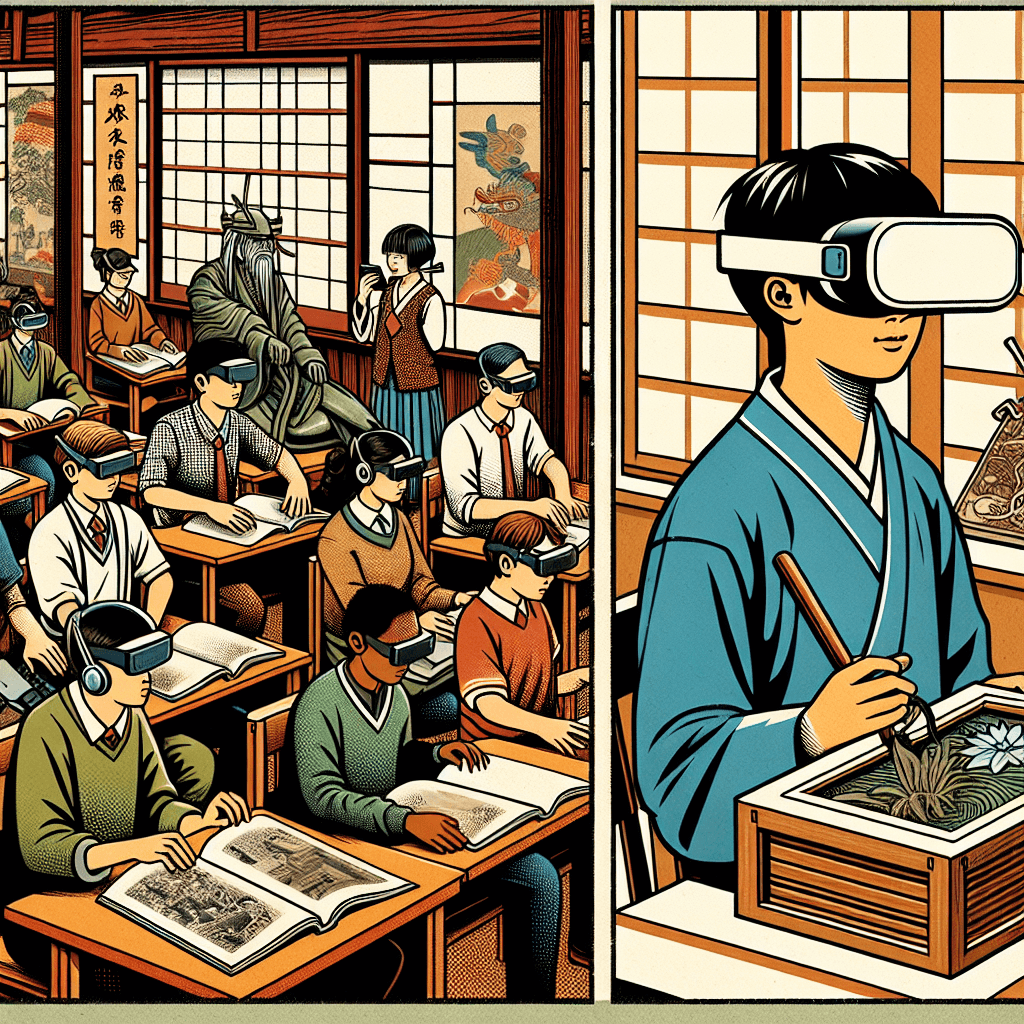
Immersive Learning: The Role of VR and AR in Education
Virtual Reality (VR) and Augmented Reality (AR) are revolutionizing the educational landscape by providing immersive learning experiences that enhance student engagement and understanding. These technologies bridge the gap between theoretical knowledge and practical application, making learning more interactive and enjoyable. This blog post explores the applications of VR and AR in education, highlighting specific case studies and their impact on learning.
The Role of VR and AR in Education
VR and AR technologies offer unique opportunities to create immersive learning environments that can transform traditional educational methods. Here are some key areas where VR and AR are making a significant impact:
1. Enhanced Engagement and Motivation
- VR and AR create immersive experiences that capture students' attention and make learning more engaging. By simulating real-world scenarios, these technologies motivate students to explore and interact with the content actively.
- Tools like Google Expeditions and Nearpod VR allow students to take virtual field trips to historical sites, outer space, or inside the human body, providing experiences that would be impossible in a traditional classroom.
2. Interactive and Experiential Learning
- VR and AR enable experiential learning by allowing students to interact with 3D models and simulations. This hands-on approach helps students understand complex concepts and retain information better.
- Applications like zSpace and Merge Cube offer interactive 3D models for subjects like biology, physics, and chemistry, allowing students to explore and manipulate virtual objects.
3. Personalized Learning
- VR and AR can be tailored to individual learning needs, providing personalized learning experiences. These technologies can adapt to different learning styles and paces, ensuring that each student receives the support they need.
- Platforms like ClassVR and CoSpaces Edu offer customizable VR and AR experiences that cater to diverse learning preferences and educational goals.
4. Collaboration and Social Learning
- VR and AR facilitate collaborative learning by enabling students to work together in virtual environments. These technologies promote teamwork and communication skills, essential for success in the modern world.
- Tools like Engage and AltspaceVR provide virtual classrooms and meeting spaces where students can collaborate on projects, participate in discussions, and share ideas.
Case Studies of VR and AR in Classrooms
1. Stanford University's Virtual Reality Lab
Stanford University has implemented VR in its curriculum through the Virtual Human Interaction Lab (VHIL). Students use VR to study human behavior and social interactions in simulated environments. This immersive approach has enhanced students' understanding of complex psychological concepts and improved their research skills.
2. University of Maryland's Augmented Reality Sandbox
The University of Maryland uses an AR sandbox to teach students about topography, geology, and hydrology. The sandbox allows students to create and manipulate virtual landscapes, providing a hands-on learning experience that enhances their understanding of earth sciences.
3. Wellington High School's VR Chemistry Lab
Wellington High School in New Zealand has integrated VR into its chemistry curriculum. Students use VR headsets to conduct virtual experiments, explore molecular structures, and visualize chemical reactions. This immersive approach has increased student engagement and improved their comprehension of complex chemical processes.
Benefits and Challenges of VR and AR in Education
Benefits:
- Enhanced Engagement: VR and AR create immersive experiences that capture students' attention and make learning more engaging.
- Improved Understanding: Interactive and experiential learning helps students understand complex concepts and retain information better.
- Personalization: VR and AR can be tailored to individual learning needs, providing personalized learning experiences.
- Collaboration: These technologies facilitate collaborative learning, promoting teamwork and communication skills.
Challenges:
- Cost: Implementing VR and AR technologies can be expensive, requiring significant investment in hardware and software.
- Technical Issues: VR and AR systems can face technical challenges, such as compatibility issues, software glitches, and the need for regular maintenance.
- Teacher Training: Effective implementation of VR and AR requires teachers to be trained in using these technologies, which can be a significant investment.
VR and AR are undoubtedly transforming education by providing immersive learning experiences that enhance student engagement and understanding.
Conclusion
VR and AR are undoubtedly transforming education by providing immersive learning experiences that enhance student engagement and understanding. These technologies offer numerous benefits, including improved comprehension, personalized learning, and collaborative opportunities. However, it is essential to address the challenges associated with VR and AR implementation to ensure that their benefits are accessible to all. As VR and AR continue to evolve, their role in education will likely expand, paving the way for more innovative and effective teaching and learning methods.
Title: Immersive Learning: The Role of VR and AR in Education
Summary
This blog post explores the applications of VR and AR in education, highlighting specific case studies and their impact on learning. It discusses the benefits and challenges of VR and AR in education and provides insights into how these technologies are transforming the educational landscape.
Key Points
- Enhanced Engagement and Motivation
- Interactive and Experiential Learning
- Personalized Learning
- Collaboration and Social Learning
- Case Studies: Stanford University's Virtual Reality Lab, University of Maryland's Augmented Reality Sandbox, Wellington High School's VR Chemistry Lab
- Benefits and Challenges of VR and AR in Education
Goal
To provide a comprehensive overview of how VR and AR are transforming education, inspiring educators and stakeholders to explore and adopt these technologies in their classrooms.
